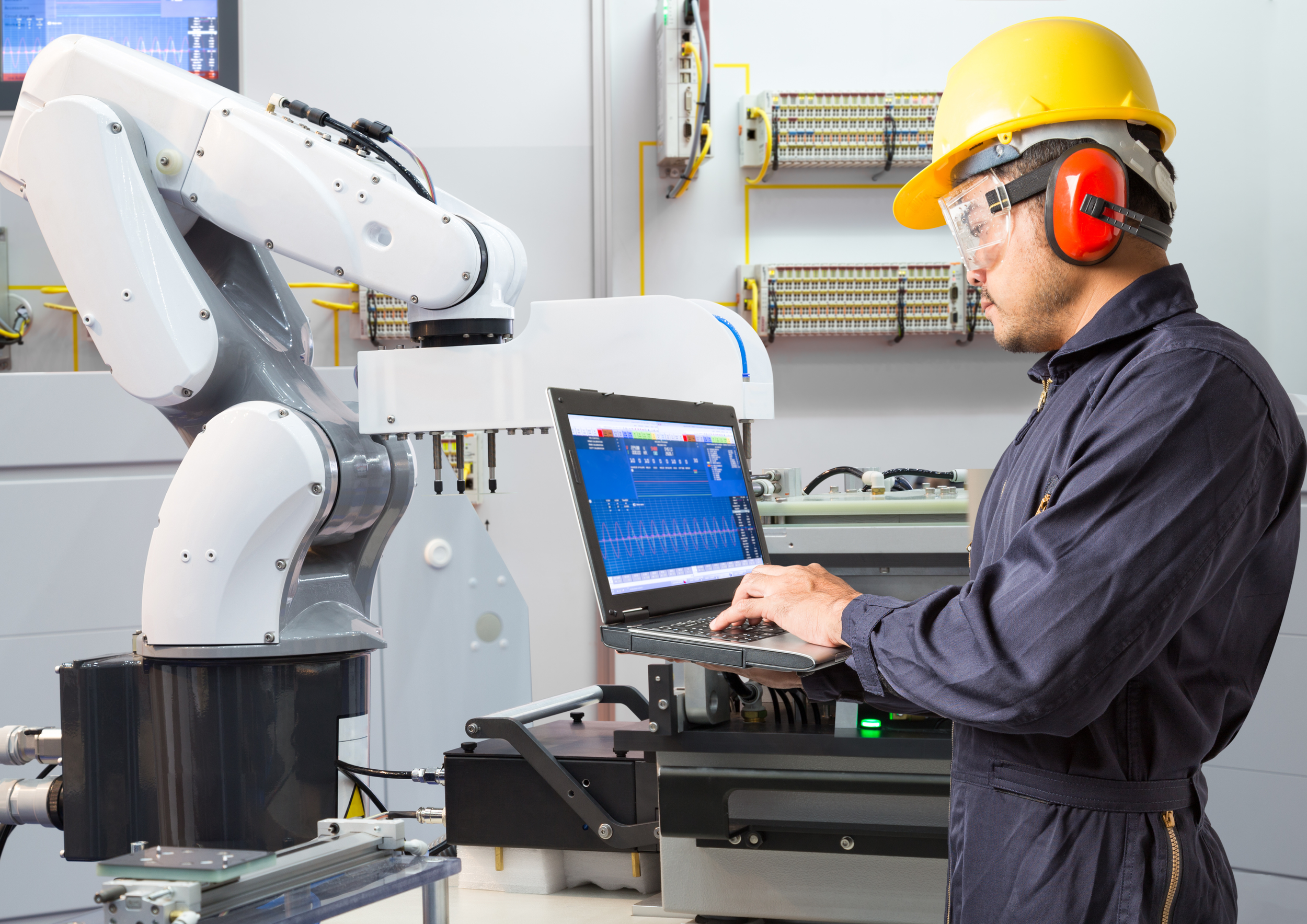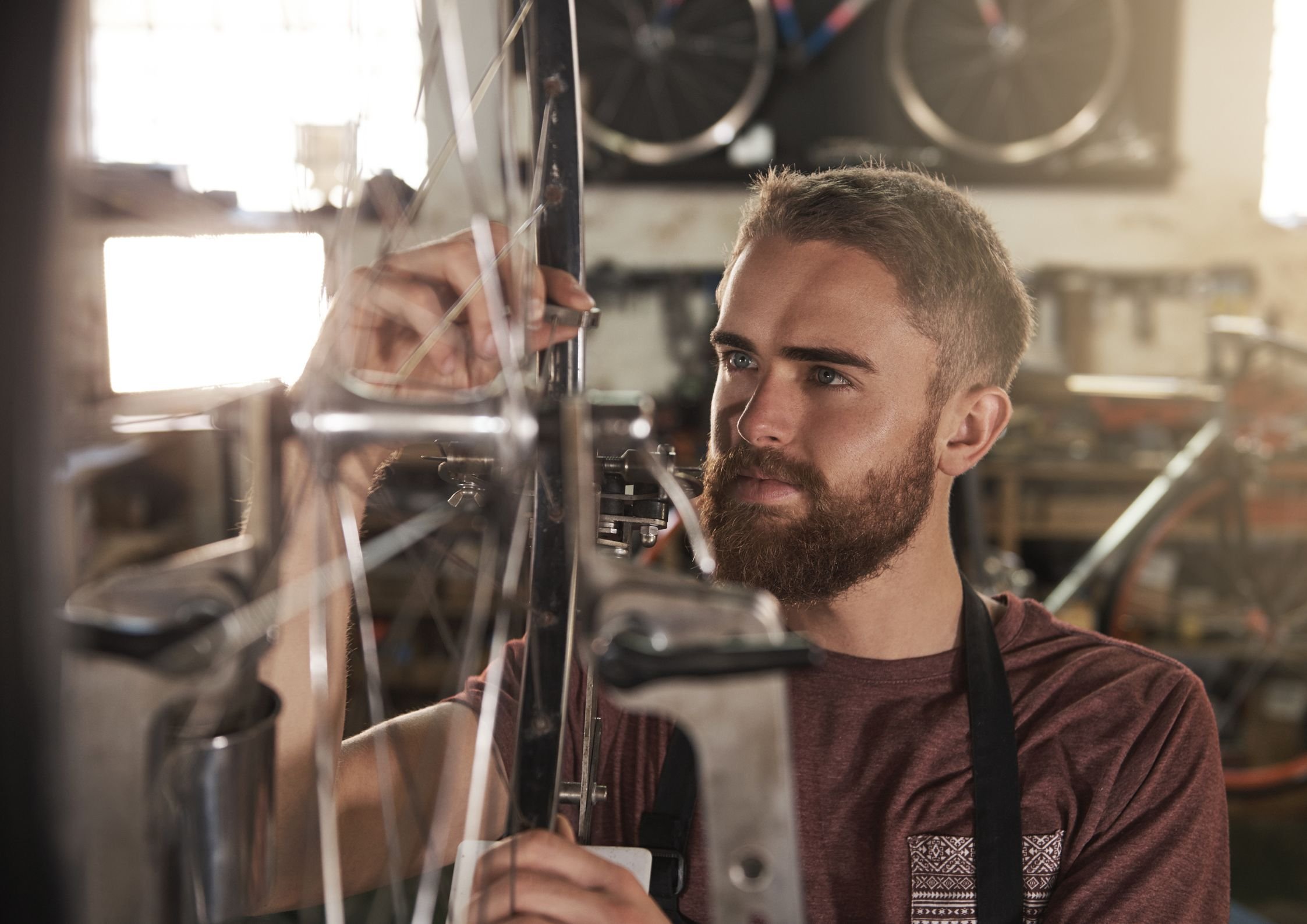UCL and Cambridge researchers develop robotic skin that detects multiple forms of touch in real time
The soft, low-cost material could enhance future robotics and prosthetics by mimicking human-like touch using AI-driven data processing.
Electronic skin being tested. Credit: University of Cambridge.
A team of researchers from University College London (UCL) and the University of Cambridge has developed a new type of robotic skin that detects a range of contact types using a single material.
The findings, published in Science Robotics, suggest this approach could simplify the construction of electronic skins used in robots, prosthetics, and even industrial applications.
Unlike traditional systems that rely on separate embedded sensors to detect pressure, temperature, or damage, the entire surface of this robotic skin acts as a unified sensor. The material is made from a gelatin-based hydrogel that is soft, stretchable, and conductive. When applied to a hand-shaped mold with 32 electrodes at the wrist, the skin produced over 1.7 million data points across the surface.
AI models help decipher touch signals
To distinguish between types of touch, such as tapping, heat, or cuts, the team used machine learning to interpret the massive amount of sensor data generated by the skin. Tests included heat exposure, gentle finger taps, pressure from robotic arms, and incisions with scalpels.
Dr David Hardman, lead author from Cambridge’s Department of Engineering, explains: “Having different sensors for different types of touch leads to materials that are complex to make. We wanted to develop a solution that can detect multiple types of touch at once, but in a single material.”
By using a multi-modal sensing approach, the researchers simplified the design while retaining flexibility and strength. The skin can detect different stimuli without requiring multiple types of embedded hardware, which reduces potential interference and improves durability.
Potential uses in robotics and prosthetics
The researchers say the skin has potential use in various sectors, from automotive manufacturing to search-and-rescue robotics. It could also support prosthetic development by giving wearers a more lifelike sense of environmental interaction.
Dr Thomas George Thuruthel, co-author from UCL Computer Science, comments: “We’re not quite at the level where the robotic skin is as good as human skin, but we think it’s better than anything else out there at the moment. Our method is flexible and easier to build than traditional sensors, and we’re able to calibrate it using human touch for a range of tasks.”
The work was supported by the Samsung Global Research Outreach Program, the Royal Society, and the Engineering and Physical Sciences Research Council (EPSRC), part of UK Research and Innovation (UKRI).
Dr Hardman adds: “We’re able to squeeze a lot of information from these materials – they can take thousands of measurements very quickly. They’re measuring lots of different things at once, over a large surface area.”





















